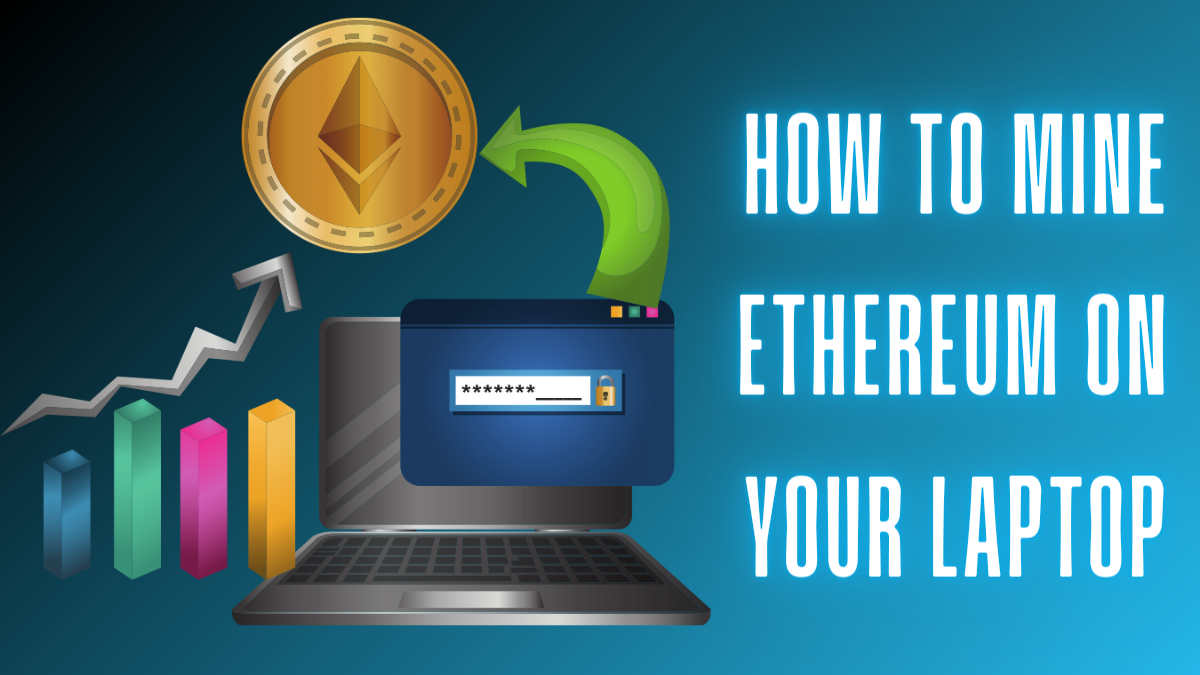A complete guide Mining Ethereum on your laptop may look difficult at first sight, but it is not as difficult as it would be imagined. In this guideI will show you how to do this step by step and tell about the profits of leviathan on laptops.
Getting Started with Ethereum Mining
Many audiences wanted to know whether mining required a video card/a processor alone can do mining, and also if one can use two different coins like Ethereum and Monero at the same time or mine on Windows without choosing Ubuntu/macOS operating systems when GPU mining is considered.Coincidentally , these are all questions I will try to answer in this post.
Step 1: Sign Up on MinerGate
Firstly, please visit the Minergate web page. We will use this mining platform. Please press the “Register” button and sign up. You just need to write your email address, create a password and confirm it, then enter CAPTCHA to finish: after registration log into your account.
Step 2: Calculate Mining Profitability
Once you log in, what pops up is “Mining Profitability Calculator”. This is where you can calculate how much you could make. For instance, my laptop model has a graphite card called GTX 1650 and works at 7.4 MH/s in terms of hashrate. By entering this, I can see the projected earnings for Ethereum mining. Though it initially shows Bitcoin, it’s actually calculating for Ethereum.
In my case, mining Ethereum can earn approximately 1,800 INR per week. Multiplying this by four gives about 7,200 INR per month, and over a year, around 93,600 INR. Keep in mind that electricity costs will consume about 10% of your earnings, so factor that into your profitability calculations.
Step 3: Download and Install MinerGate
To commence obtaining, go to the download section in MinerGate’s website. MinerGate bases itself on Windows, macOS, and Ubuntu. Get the software that is meant for your operating system. On my Windows 10 laptop, I went for the 64-bit variant. It is a small file of 25MB to be downloaded.
Once downloaded, install the software by following the prompts. Create a MinerGate desktop icon for easy access.
Step 4: Start Mining
After installation, open the MinerGate application and log in using your email and password. Go to the hammer icon section to see the available coins for mining. My laptop can mine Monero (XMR), Monero Classic (XMC), Ethereum, Ethereum Classic, Zcash (ZEC), and Bytecoin (BCN).
Step 5: Mining with CPU and GPU
You can mine with your CPU or GPU at MinerGate. As for my case, since my GPU needs 6GB graphics card for Ethereum mining, it is excluded; however, other currencies are possible including Monero. You press the “Start Mining” button under either the CPU or GPU section based on what you prefer.
Step 6: Monitor Your Mining
Check the dashboard to monitor your mining activity. It will show the current hash rate and total mined coins. You can see the progress and potential earnings in comparison to Bitcoin.
Step 7: Withdraw and Sell Your Mined Coins
Once you’ve mined a significant amount, you can withdraw and sell your coins. Transfer them to an exchange like WazirX, CoinDCX Go, or Binance. Please tell us the exchange wallet and the amount to transfer. After transfer, you can sell the coins and cash out to your bank account.
Conclusion
One can indeed make profits if they mined Ethereum coin only when they have set up everything correctly and managed electric costs prudently right from a laptop. Furthermore, apart from this type of altcoin trading activity, there are many others like XRP which may also interest some individuals including miners interested in swapping bitcoins for other types rather than just hoarding them hoping their prices would rise high enough before anyone could exchange his/her holdings back into local fiat currency at some point later on. Feel free to ask for more details whenever in need.

